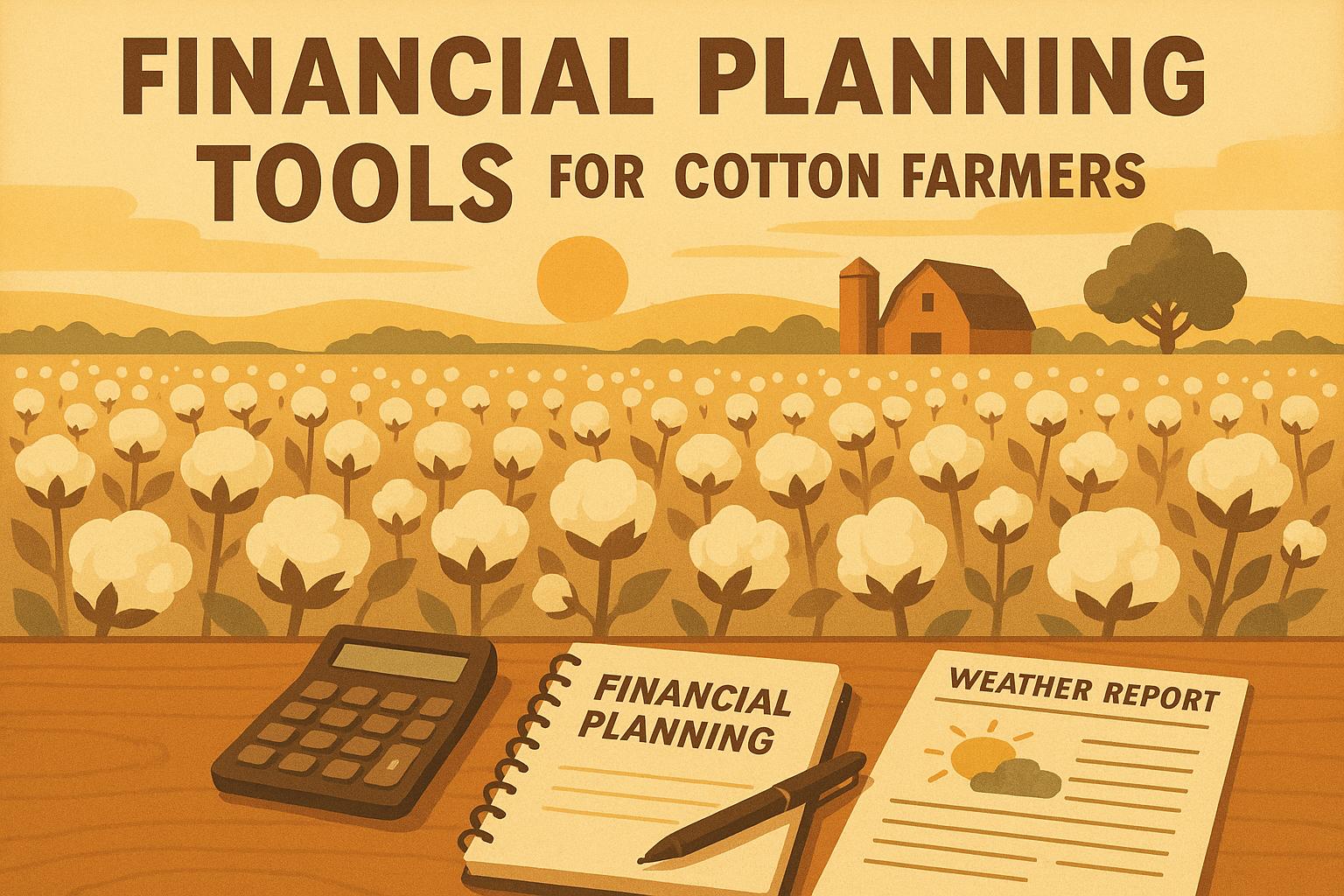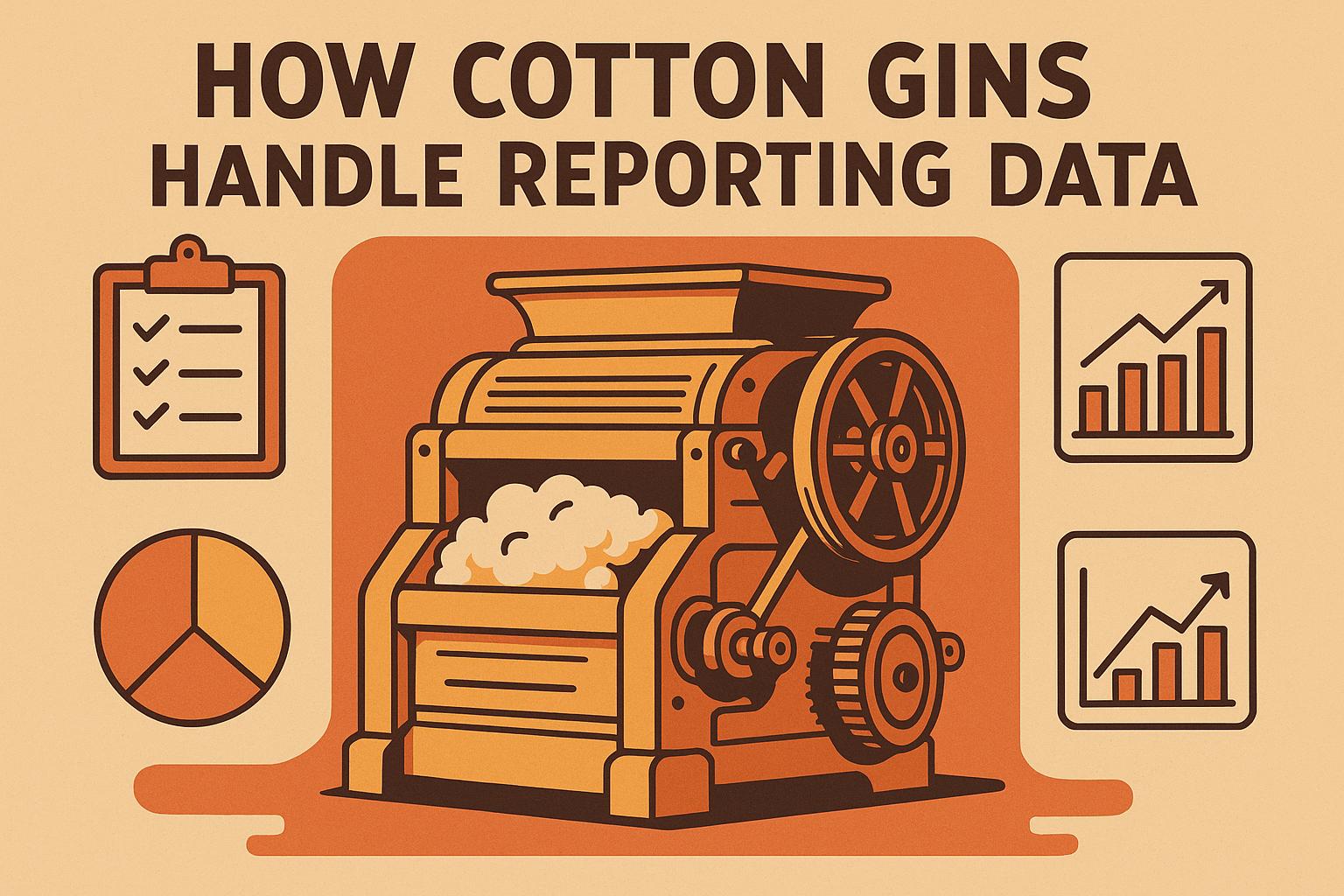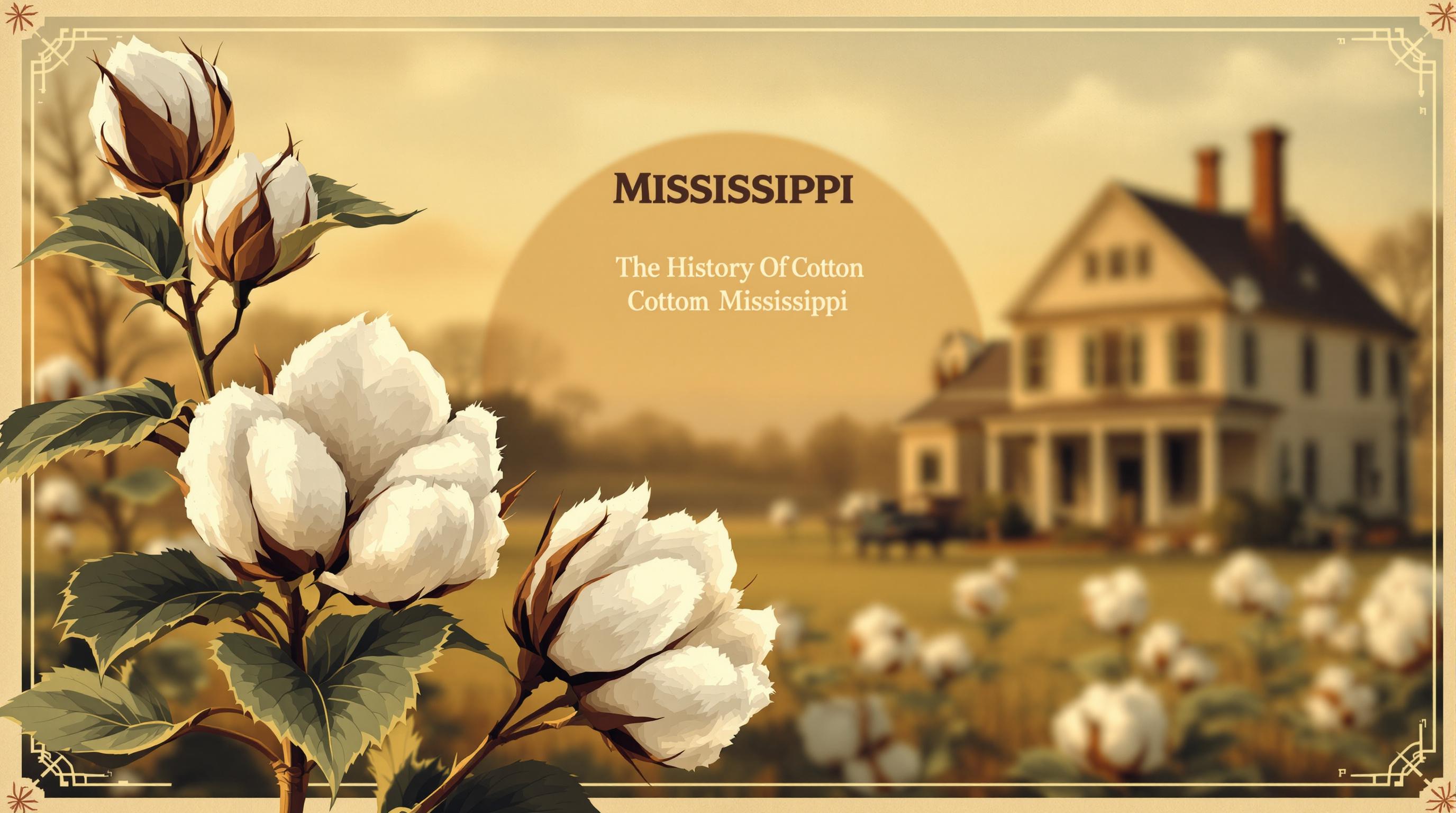Cotton aphid control is a critical component of integrated pest management for growers facing sticky honeydew, sooty mold, and yield reductions of 10-20% in untreated fields, particularly during squaring when populations explode under warm, dry conditions. For experienced producers monitoring thresholds across the Belt—where humid Mid-South clays or arid Southwest sands amplify outbreaks—effective cotton aphid control safeguards boll set and fiber quality, sustaining outputs at 1,200-1,500 pounds per acre even in high-pressure seasons. Unlike piercing-sucking pests that vector viruses, aphids like Aphis gossypii thrive on nitrogen-rich canopies, often flaring post-insecticide for broader pests, demanding targeted tactics to avoid resistance and preserve beneficials. In zones with thresholds exceeding 50 aphids per leaf, proactive cotton aphid control not only curbs direct feeding damage but also mitigates secondary issues like lint contamination, enhancing micronaire for premium markets. This guide explores scouting protocols, resistant varieties, and multi-tactic interventions backed by extension trials, equipping veterans to optimize applications while addressing resurgence. Link to our integrated pest management in cotton farming post for overarching IPM frameworks.
Identifying Cotton Aphid Infestations and Damage Symptoms
Precise cotton aphid control starts with early detection, as colonies cluster on undersides of young leaves and terminals, secreting honeydew that fosters sooty mold and attracts ants—hallmarks visible from pinhead square onward. Wingless adults, pale yellow to dark green, produce 50-100 nymphs each, with populations doubling weekly at 75-85°F, per extension data showing 15-25% boll shed in unchecked fields.
Scout terminals and fifth mainstem leaves twice weekly, flagging thresholds at 50 aphids per leaf pre-bloom or 15 post-bloom to trigger action—metrics that halve losses in trials. Differentiate from spider mites (stippling) or thrips (silvering); aphids curl leaves downward, stunting growth in patchy distributions.
Digital apps integrate weather models, predicting surges via growing degree-days (1,200-1,500 post-plant), enhancing cotton aphid control timing. In Pima cottons, symptoms accelerate due to denser canopies; confirm via sticky traps capturing alates. These identifiers empower preemptive strikes, averting 10-15% quality downgrades.
Environmental and Cultural Factors Influencing Aphid Outbreaks
Cotton aphid control addresses drivers like excess nitrogen (above 150 lbs/acre), fostering succulent growth that boosts reproduction 20-30% in fertigated systems. Drought stress concentrates sap sugars, amplifying feeding; deficit irrigation in sands spikes thresholds twofold.
Continuous cotton builds overwintering reservoirs on weeds like mustard; rotations with sorghum deplete hosts by 40-50%, per USDA studies. Early planting dodges peak migrations, while late planting avoids fall buildup.
Regional variations: Humid Southeast sees virus vectored by aphids; arid Plains face honeydew-driven harvest delays. Mapping via GIS identifies hot spots, guiding zone-specific tactics. Manipulating these in cotton aphid control curbs baselines, slashing interventions 15-25%.
Scouting Protocols and Threshold Determination for Aphids
Threshold-based scouting underpins economical cotton aphid control, sampling 30-50 plants per 20 acres weekly via beat sheets or visual counts on upper canopy. Economic thresholds vary: 50 aphids/leaf pre-bloom, dropping to 15 post-bloom when honeydew risks lint stickiness.
Adjust for predators—ladybeetles consume 50 aphids daily, delaying sprays if ratios hit 1:10 beneficials-to-aphids. Lab assays confirm biotypes; green morphs resist neonicotinoids in some belts.
Apps log data, trending populations against GDD (base 50°F), forecasting peaks. In mixed infestations, prioritize aphids if exceeding 20% thresholds, as they synergize with Fusarium. These protocols in cotton aphid control optimize timing, preserving 5-10% boll retention.
Resistant Cotton Varieties for Aphid Tolerance
Varietal tolerance bolsters sustainable cotton aphid control, limiting reproduction while sustaining yields under pressure. Lines with pubescent leaves, like hairy types, deter settling by 20-30%, per extension trials in infested plots.
Screen regional data: ST 4554 GLTP curbs aphids via glandless traits, yielding 10-15% edges over susceptibles. Multi-pest stacks with Bt enhance vigor, buffering secondary surges.
Rotate genetics to delay adaptations; tolerance lasts 4-6 years. Seed treatments like imidacloprid provide early protection, adding 5-10% stand. For Pima, aphid-tolerant PHY 841 RF minimizes honeydew. Annual updates refine selections for locale-specific biotypes in cotton aphid control.
Cultural Practices to Suppress Cotton Aphid Populations
Cultural tactics disrupt lifecycles in cotton aphid control, fostering unfavorable conditions sans chemicals. Balanced fertility (120-150 lbs N/acre) avoids lush growth; split applications cut flares 15-20%.
Weed host removal—mustards, pigweed—pre-plant slashes overwintering 30-40%. Border crops like sorghum trap migrants, reducing in-field buildup.
Plant density (80,000-100,000/acre) promotes airflow, lowering humidity optima. Deficit irrigation during non-critical stages stresses aphids without yield penalties. These low-cost methods in cotton aphid control enhance resilience, trimming sprays 20-30%.
Biological Controls and Beneficial Insects for Aphid Management
Biocontrols leverage predators in eco-friendly cotton aphid control, introducing or conserving natural enemies. Ladybeetles (Hippodamia convergens) devour 50-100 aphids daily; releases at 1,500/acre achieve 40-60% suppression in trials.
Lacewings and syrphid flies target nymphs; habitat strips with nectar sources boost retention 25%. Parasitoids like Aphidius colemani mummify hosts, cutting populations 30-50% in drip systems.
Avoid broad-spectrum sprays; selective insecticides preserve 70-80% beneficials. Moist, 70-80°F conditions maximize efficacy. For organics, these in cotton aphid control reduce chemicals 25-40%, aligning with IPM.
Chemical Options: Insecticides and Application Strategies
When thresholds breach, targeted insecticides enable rapid cotton aphid control, rotating modes to combat resistance. Flonicamid (Group 29) disrupts feeding, with foliar rates at 2-3 oz/acre yielding 70-90% knockdown.
Sulfoxaflor (Group 4C) excels post-bloom; apply at 1.5 oz/acre banded. Neonicotinoids like acetamiprid provide contact action, but monitor for green biotype tolerance.
Threshold-triggered sprays via drones cut drift, enhancing precision. Tank-mix with oils for smothering. In cotton aphid control, confine to infested zones, integrating with bios for durability.
Integrated Aphid Management Programs for Cotton
IPM unifies tactics for holistic cotton aphid control, layering tolerance with scouting for adaptive responses. Combine hairy varieties with rotations—e.g., sorghum-cotton cycles drop overwintering 50%.
Beneficial thresholds delay sprays; GIS maps zones for variable-rate applications, saving 15-20%. Economic models weigh costs: IPM nets $40-80/acre versus solo chemicals.
Extension tailors: Southeast virus focus, Southwest honeydew. Annual reviews adapt to biotypes. This framework in cotton aphid control sustains 1,100+ lb/acre with 30% input reductions.
Monitoring Resistance and Emerging Aphid Threats
Aphid resistance to pyrethroids demands vigilant cotton aphid control evolution. Bioassays detect tolerance; >20% survival signals rotations.
Climate shifts boost migrations; warmer winters add generations. Invasive biotypes heighten virus risks; quarantines curb spread.
Regulatory phases of neonicotinoids, pushing bios. RNAi targets genes via sprays, promising 40% suppression. Hybrid monitoring bolsters strategies in cotton aphid control.
Economic Impact of Cotton Aphid Infestations
Assessing costs guides cotton aphid control: Scouting $10-15/acre offsets 100-200 lb losses from feeding.
Tolerants premium $20/acre, recouped via 5-10% gains. Insecticides $30-50/acre suit thresholds; IPM totals $40-70/acre, boosting nets $100-250.
Tools model; low-pressure favors culturals. Prioritize ROI in cotton aphid control.
| Strategy | Cost Estimate | Benefits | Yield Impact |
|---|---|---|---|
| Scouting | $10-15/acre | Precise thresholds | Informed action |
| Resistant Varieties | $20/acre premium | Reduced reproduction | +5-10% |
| Rotations/Habitats | $15-25/acre | Lifecycle break | Stable |
| Biologicals | $20-40/acre | Eco-suppression | +10-15% |
| Insecticides | $30-50/acre | Rapid knockdown | +15-20% |
Optimize per pressures.
Regional Variations in Cotton Aphid Management
Tailor cotton aphid control regionally: Humid Southeast combats viruses with neonicotinoids; arid Southwest honeydew via irrigation tweaks.
Challenges like resurgence resolve with selectives. Costs? Subsidies aid. Labor for scouting; apps streamline.
Solutions ensure effective cotton aphid control.
Innovations in Aphid Detection and Control
Drones with multispectral imaging detect cotton aphid hotspots pre-symptom, covering 50 acres hourly at 80% accuracy.
AI models forecast via sensors, alerting for prophylactics. Nano-insecticides target precisely, minimizing residues.
These advance cotton aphid control sustainability.
In summary, vigilant cotton aphid control protects investments through integration. Scout thresholds, deploy tolerants, foster beneficials, and adapt regionally. Track economics annually. Link to our cotton bollworm management strategies post for pest synergies. What's your aphid tactic?


